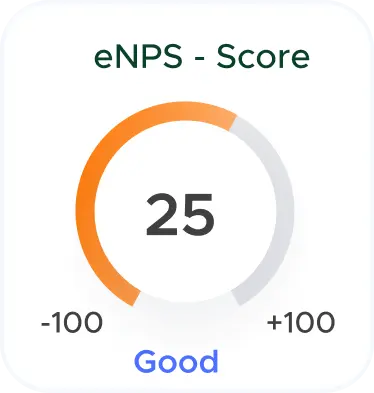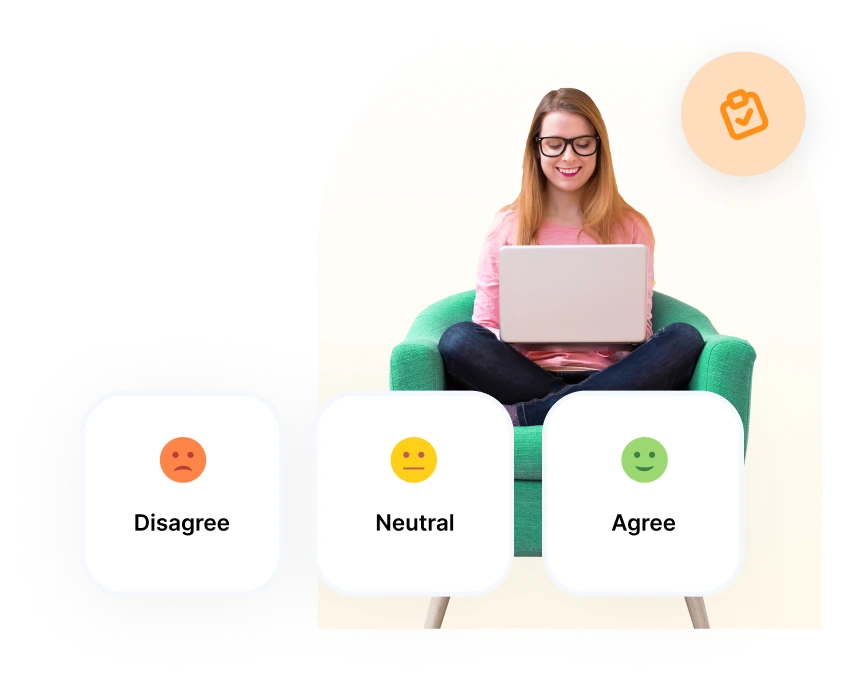✨ Jangan ketinggalan! Daftar untuk Webinar Penghargaan Pekerja kami yang dijadualkan pada 29 Februari. 🎖️
✨ Jangan ketinggalan! Daftar untuk Webinar Penghargaan Pekerja kami yang dijadualkan pada 29 Februari. 🎖️
Daftar sekarang
Terma Glosari Pengurusan Sumber Manusia dan Manfaat Pekerja
Culture fit refers to the alignment between an individual and the values, norms, and behaviors of a specific organization or work environment. It goes beyond assessing a candidate's skills and qualifications and focuses on how well they will integrate and thrive within the company's culture.
A strong culture fit enhances teamwork, employee satisfaction, and overall organizational success.
The alignment between an individual and an organization's values, norms, and behaviors, focusing on how well they integrate and thrive within the specific work environment to enhance teamwork and employee satisfaction.
Hiring employees who are a good culture fit yields various benefits:
Solely focusing on culture fit in hiring decisions can present challenges:
To improve culture fit within teams, organizations can adopt the following strategies:
By implementing these strategies, organizations can cultivate a positive and cohesive culture while still embracing diversity and avoiding the pitfalls of exclusive culture fit assessments.
Culture fit is essential for organizations for several reasons:
Maintaining a balance between culture fit and diversity involves strategic approaches:
Culture fit significantly influences employee engagement and retention:

Ini ialah tinjauan ringkas yang boleh dihantar dengan kerap untuk menyemak pendapat pekerja anda tentang sesuatu isu dengan cepat. Tinjauan ini terdiri daripada kurang soalan (tidak lebih daripada 10) untuk mendapatkan maklumat dengan cepat. Ini boleh ditadbir secara berkala (bulanan / mingguan / suku tahunan).

Mengadakan mesyuarat berkala selama sejam untuk sembang tidak formal dengan setiap ahli pasukan adalah cara terbaik untuk memahami apa yang berlaku dengan mereka. Oleh kerana ia adalah perbualan yang selamat dan peribadi, ia membantu anda mendapatkan butiran yang lebih baik mengenai sesuatu isu.

eNPS (pekerja skor Net Promoter) adalah salah satu cara yang paling mudah tetapi berkesan untuk menilai pendapat pekerja anda terhadap syarikat anda. Ia termasuk satu soalan menarik yang mengukur kesetiaan. Contoh soalan eNPS termasuk: Bagaimana kemungkinan anda mengesyorkan syarikat kami kepada orang lain? Pekerja bertindak balas terhadap kaji selidik eNPS pada skala 1-10, di mana 10 menandakan mereka 'berkemungkinan besar' untuk mengesyorkan syarikat dan 1 menandakan mereka 'sangat tidak mungkin' untuk mengesyorkannya.

Assessing culture fit during the hiring process involves the following strategies:
By incorporating these methods, organizations can effectively evaluate a candidate's potential fit with the company culture, ensuring that new hires contribute positively to the overall work environment.
Defining and articulating company culture involves the following steps:
Communication channels: Clearly communicate the defined culture through various channels, such as internal documents, orientation programs, and company-wide communications.
Yes, it is possible to foster diversity and inclusion while prioritizing culture fit: